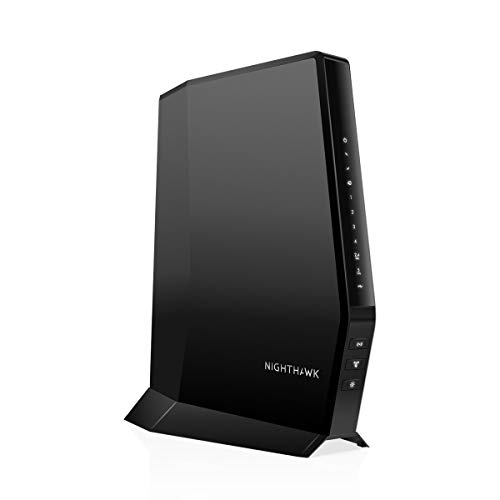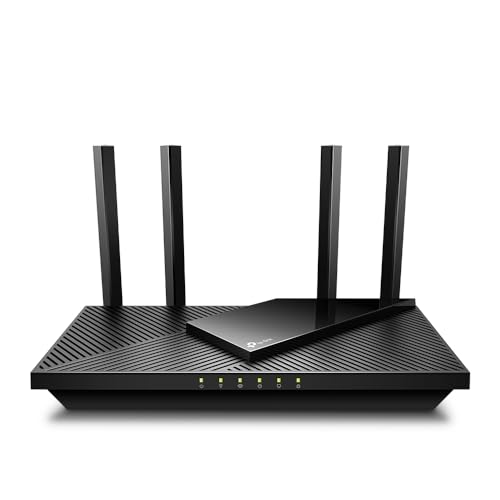
How Can I Fix My Wi-Fi Antenna Signal? A Step-by-Step Guide
Is your Wi-Fi signal weak, dropping constantly, or just plain unreliable? A poor Wi-Fi signal can be incredibly frustrating, hindering everything from streaming movies to video calls. Fortunately, you don’t need to be a tech expert to improve it. This guide will walk you through troubleshooting and fixing your Wi-Fi antenna signal, getting you back online in no time.
Understanding the Problem: Why is My Wi-Fi Weak?
Before diving into solutions, it’s crucial to understand why your Wi-Fi signal might be weak. Several factors can contribute:
- Distance from the Router: The further you are from your router, the weaker the signal will be. This is the most common cause.
- Obstacles: Walls, floors, furniture (especially metal or those containing water), and even appliances can significantly weaken or block Wi-Fi signals. 2.4 GHz signals penetrate obstacles better than 5 GHz signals.
- Interference: Other electronic devices operating on the same frequency (like microwaves, cordless phones, or Bluetooth devices) can interfere with your Wi-Fi signal.
- Router Placement: A poorly positioned router can severely limit its reach and effectiveness.
- Router Issues: Sometimes, the problem lies within the router itself, potentially requiring a reset or more advanced troubleshooting.
Step-by-Step Guide to Fixing Your Wi-Fi Signal:
- Check Your Router’s Placement:
- Ideal Location: The best place for your router is centrally located in your home, elevated (on a shelf or table), and away from other electronic devices. Avoid placing it in corners or closets.
- Open Space: Ensure there are as few obstacles as possible between the router and your devices.
- Minimize Interference:
- Identify Sources: Try to identify potential sources of interference. If possible, move your router and Wi-Fi devices away from these sources.
- Change Channels: Most routers allow you to change the Wi-Fi channel. Switching to a less congested channel can dramatically improve signal strength. Consult your router’s manual or use a Wi-Fi analyzer app (available for smartphones and computers) to find the best channel.
- Optimize Your Router Settings:
- Reset Your Router: Sometimes a simple reset can resolve underlying issues. Consult your router’s manual for instructions.
- Firmware Updates: Ensure your router’s firmware is up-to-date. Outdated firmware can lead to performance problems and security vulnerabilities. Check your router’s manufacturer website for updates.
- Reduce Distance and Obstacles:
- Relocate Devices: Move your devices closer to the router whenever possible.
- Strategic Placement: Consider strategically placing Wi-Fi extenders or mesh network components to extend coverage to areas with weak signals.
- Consider Your Wi-Fi Band:
- 2.4 GHz vs. 5 GHz: 2.4 GHz signals travel further but are slower. 5 GHz signals are faster but have a shorter range and are more susceptible to interference. Experiment with connecting to different bands to see which performs better in your environment.
- Check for Physical Damage:
- Inspect the Antennas: If your router has external antennas, ensure they are correctly connected and not damaged.
Common Mistakes to Avoid:
- Ignoring Obstacles: Don’t underestimate the impact of walls and furniture on your Wi-Fi signal.
- Using an Outdated Router: Older routers may lack the technology to handle modern Wi-Fi demands.
- Not Optimizing Router Settings: Failing to adjust settings like channel selection can significantly impact performance.
- Overlooking Interference: Many household devices can interfere with Wi-Fi signals.
When to Call a Professional:
If you’ve tried all the above steps and still experience a weak Wi-Fi signal, it might be time to contact a professional technician. They can diagnose more complex issues, like faulty wiring or interference from outside sources.
By following these steps, you can significantly improve your Wi-Fi antenna signal and enjoy a smoother, more reliable internet experience. Remember, patience and careful troubleshooting are key to success!
FAQ
Q. My Wi-Fi signal is weak. What are the simplest things I can try to fix it?
A. Before resorting to complex solutions, try these simple steps: Restart your router and modem. This often resolves temporary glitches. Check for physical obstructions between your router and devices, like thick walls, furniture, or appliances (microwaves, especially). Try repositioning your router to a more central location in your home, higher up, and away from other electronic devices. Finally, ensure your Wi-Fi channel isn’t overcrowded; you can use a Wi-Fi analyzer app (available for smartphones and computers) to check for less congested channels and change your router’s settings accordingly.
Q. My router is old. Will upgrading it improve my Wi-Fi antenna signal?
A. Likely, yes. Older routers often have weaker antennas and less advanced technology compared to newer models. Upgrading to a router with better antennas (internal or external), newer Wi-Fi standards (like Wi-Fi 6 or Wi-Fi 6E), and beamforming technology can significantly boost your signal strength and range.
Q. I have a weak signal in a specific room. Can I extend my Wi-Fi range without replacing my router?
A. Yes, you have several options. A Wi-Fi extender can boost the signal in problem areas. A powerline adapter uses your home’s electrical wiring to transmit the signal, which can be effective, especially in areas where a wireless signal is weak. A mesh Wi-Fi system creates a network of interconnected nodes to provide consistent coverage throughout your home, eliminating dead zones.
Q. Can I improve my Wi-Fi signal by adding or replacing the antenna on my router?
A. Possibly. If your router has removable antennas, replacing them with higher-gain antennas can improve the signal strength and range. However, ensure you purchase antennas compatible with your router’s specifications. Improperly installed or incompatible antennas can damage your router or provide no improvement. Adding external antennas to a router that doesn’t have removable ones is generally not feasible.
Q. My Wi-Fi signal is dropping frequently. What could be causing this besides a weak signal?
A. Intermittent signal drops can stem from various issues unrelated to antenna strength. Check for interference from other devices operating on the 2.4 GHz or 5 GHz frequencies (like cordless phones or Bluetooth devices). Ensure your router’s firmware is up-to-date. A faulty router, modem, or even a problem with your internet service provider (ISP) could also be the culprit. If simple troubleshooting steps don’t work, contact your ISP for support.
Q. What is beamforming and how does it improve my Wi-Fi antenna signal?
A. Beamforming is a technology that focuses the Wi-Fi signal towards your devices. Instead of broadcasting the signal in all directions, beamforming concentrates it, resulting in a stronger and more stable connection, especially at longer distances. This improves signal strength and reduces interference. This feature is typically found in more modern routers.
Related Articles
How Can I Boost My Spectrum Wifi Signal
How Can I Boost My Spectrum Wifi Signal? A Step-by-Step Guide Recommended Product: Mini Cell Signal Booster for Verizon, AT&T, T-Mobile| Up to 150…
Can You Use A Dstv Dish For Internet
Can You Use Your DStv Dish for Internet? Unlocking the Potential of Your Satellite Dish Recommended Product: Dish Network 1000.2 Dish 110, 119, 129 Sa…
What is the Best WiFi Router for Streaming
Streaming is basically a way of live now, right? Whether you’re glued to a 4K movie marathon, hopping on a video call, or battling it out in an online…



Leave a Reply
You must be logged in to post a comment.